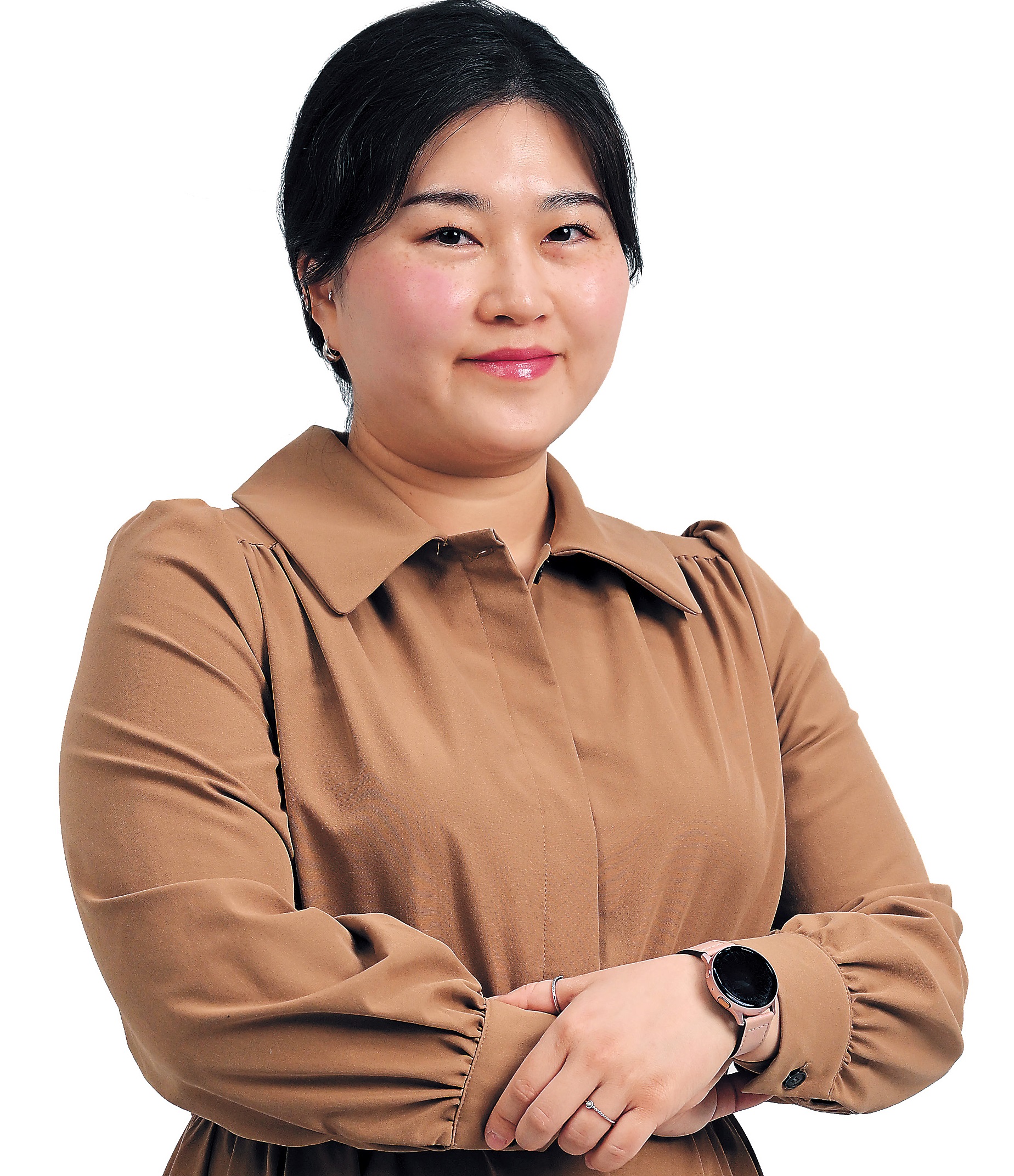Gender gap at work improving, albeit slowly
Korean women still earn 70% of what men earn
By Lee JaeeunPublished : Dec. 27, 2023 - 15:19

The gender gap at South Korean workplaces has shown signs of narrowing over the past decade, signaling that the country might be breaking away from the long-standing division of labor between the sexes and outdated stereotypes toward women who work.
The gender gap in the employment rate has narrowed slightly from 22.5 percentage points in 2012 to 18.6 percentage points last year, according to the 2023 Women’s Participation in Economic Activities White Paper, jointly published by the Ministry of Gender Equality and Family and the Ministry of Employment and Labor on Wednesday.
Specifically, the employment rate for women in 2012 was 48.6 percent. In 2022, it soared to 52.9 percent. The employment rate for men in 2012 was 71.1 percent, and it remained around the same level at 71.5 percent in 2022.
Other figures also indicate an improvement in the gender pay gap.
According to the white paper, Korean female workers were paid on average 70 percent of the salary of their male counterparts in 2022.
The wage gap, however, has been gradually narrowing from 64.8 percent in 2012 to 65.9 percent in 2017, 69.8 percent in 2021, and 70 percent in 2022. The average hourly wage of women in the workforce was 18,113 won ($14) in 2022, 70 percent of the average of 25,886 won per hour for men.
These figures account for all female and male workers, including both regular and nonregular workers.
There was also a large wage gap between regular and nonregular female workers. The hourly pay for female regular workers last year was 19,594 won, some 1.3 times the average rate for non-regular female employees at 14,588 won.
The data also indicated that the number of “career-interrupted women” has decreased over the past few years. The term "career-interrupted woman" refers to any woman whose economic activities have ever been interrupted by marriage, pregnancy, childbirth, child care, care for a family member, or any similar reason, or who has never been engaged in any economic activity but who now wants to have a job.
As of last year, a total of 1.397 million women answered that they are taking a break from their career following marriage, marking a fall of 3.5 percent points from the previous year.
Meanwhile, as of 2022, 18.3 percent of female workers were employed as caregivers, sanitation workers, social workers, or nurses in social welfare, health and hygiene work. Moreover, 12.7 percent of female employees worked in retail and wholesale services, and 11 percent of female employees worked in the provision of accommodation, and restaurants.
The industry with the highest proportion of female representatives was the accommodation and restaurant industry, as 58.5 percent of representatives were female. This was followed by the educational service industry with 57.5 percent.
“In this inaugural white paper on women’s economic activities, we tried to focus on showing the various characteristics of women's employment. Starting next year, we will analyze related trends in depth and make efforts to inform new policies to be implemented,” said an official from the Ministry of Gender Equality and Family, who declined to be named.
This white paper came as the Yoon Suk Yeol administration pledged to make it mandatory for companies in Korea to disclose data related to hiring, employment and retirement by gender. Earlier in January, the Ministry of Employment and Labor laid out plans to have state-run institutions carry out such gender-based data disclosures beginning in the second half of 2023.
The overall findings of the white paper resonate with the Global Gender Gap Index 2022 by the World Economic Forum. Korea ranked 115th out of 146 countries surveyed in terms of the gap in economic participation and opportunities between men and women.





![[Weekender] How DDP emerged as an icon of Seoul](http://res.heraldm.com/phpwas/restmb_idxmake.php?idx=644&simg=/content/image/2024/04/25/20240425050915_0.jpg&u=)



![[Music in drama] An ode to childhood trauma](http://res.heraldm.com/phpwas/restmb_idxmake.php?idx=644&simg=/content/image/2024/04/25/20240425050929_0.jpg&u=)








![[Herald Interview] Mistakes turn into blessings in street performance, director says](http://res.heraldm.com/phpwas/restmb_idxmake.php?idx=652&simg=/content/image/2024/04/28/20240428050150_0.jpg&u=20240428174656)
